Self-harm is not to be ridiculed at. It requires to be understood and empathized with.
‘Self’ and ‘harm’ – the two contradictory words do not seem to fit together. Why would someone want to harm themselves when everyone is trying to struggle through life only to afford a better living, a peaceful existence and constantly working to stay alive?
Understanding self harm:
What is self harm?
Self-harm, or self-mutilation describes any behaviour of deliberately inflicting pain and damage to your own body. It most frequently takes the form of cutting, scratching, punching, pricking, biting, stabbing, burning or non-lethal overdoses. It also encompasses consciously taken actions that can cause injury no matter how minor or highly risky behaviour it is.(1) It is most often associated with an underlying mental health issue which goes undetected due to the lack of awareness.
Remember, it is distinct from suicide attempts. Even though it might genuinely look like a suicide attempt but it usually isn’t so.
When someone is having symptoms of depression, such as low mood, lack of motivation, the fundamental reference point of the mental health issue is clear – we know that the person has depression. What further complicates the understanding of self injurious act is a lack of reference point. People do not get a legitimate reference point to understand the motivation behind self-harm or what the self-injurious person is trying to accomplish.
Self harm is one of the most complicated behaviours associated with mental illnesses and often goes misunderstood for the amount of gore and stigma associated with it.
The statistical data related to self-harm will surprise you with one analysis of self-injury(2) across more than 40 countries finding that about 17% of all people will self-harm during their lifetime and the average age of the first incident of self-harm is 13.
Breaking down the myths around self-harm:
Self-injurious acts are often very bloody and frightening in nature, instigating a panicked reaction in people close to the self-injurious person.
When others see deep wounds and scars, covered with blood, they become panic stricken and get more concerned about taking measures to alleviate the physical pain. Such perturbation interrupts people’s ability to explore deeper into the ‘whys’ of self-harm.
Alongside these, there works a number of myths and misunderstandings associated with self-harm that not only impede a clear comprehension of it but also reduces the chances of self injurious people from seeking professional help. For this very reason, about 50% of people seek help for their self-harm but only from friends instead of professionals.(3)
Negative stereotypes can be paralyzing. If the myths can be challenged, there is a high chance of cognizance emerging out of this issue.
Here are a few myths about self-harm:
- People self-harm to seek attention- Many people who self-harm do so discreetly for the very reason of not wanting to be tagged as an attention seeker. These people are traumatized beyond having the courage to face criticism for their behaviour which they know isn’t for seeking attention.
- Only females self-harm – Boys and girls may engage with distinct self-harming behaviours or have different reasons behind inflicting pain on themselves.(4) This does not make self-harming actions any less serious when it comes to men. Self harm in men are frequently under-reported. While women are more likely to self-harm, males may represent at least 35% of total self-injury cases.(5)
- People who harm themselves, enjoy it – People tend to believe that the risk and pain associated with the self-harming actions are thrilling to the self-injurious people. But the truth is that the pain these people feel are no different from pain that others feel. For some, they want to get over the numbing feeling left behind by depression, even if it hurts. Others have described this pain as punishment.(6)
- Self-harm is Gothic- While there are some research suggesting a link, there is no conclusive evidence of the fact that self-harm is a part of any particular youth subculture(‘emo’ or ‘goth’).
We have got all the facts about self-harm as clear as a crystal but what is the motivation behind these kinds of self-harming behaviours? What are these people trying to accomplish?
What is encouraging them to take such actions, even when they know it’s self-destructive?
Here are 5 reasons why people self-harm:
1. To communicate pain:
People who have gone through immense amount of psychological trauma or other forms of abuse often become accustomed to the internal pain so much so that they tend to invalidate it’s existence.
Self-harming tends to be a behaviour pattern for people who don’t have a healthy repertoire of ways to release emotions and deal with pain. When emotional pain and tension builds up inside, they fail to understand what to do and how to vent this pent up emotions.
Under such circumstances, these people find no other means other than inflicting physical pain on themselves to reconstruct and validate the emotional pain which they fail to express.
These people believe that there is no corresponding language to express the magnitude of internal suffering that they have gone through, no words have the capacity to judicially express the amount of damage their inside is. So for them rendering themselves with definite, visible wounds through acts of self-injury makes it easier to communicate the pain to themselves. Imagine the amount of anguish they have been carrying in their heart.
People who self-injure lack the skills to communicate to others their pain through the available vocabulary. In such cases, words become inadequate to sufficiently express the emotional experience they are undergoing, hence the need to express it physically. This process of displacing one’s undesirable feelings and thoughts through some self destructive actions is known as acting-out.
These kinds of self-injurious activities act as a communicative device to draw attention towards oneself (crying for help, not the type seen in suicide attempts) or just to document the fact that the pain he/she feels is genuine and valid.
2. To retrieve self-control:
People who have undergone some form of extremely traumatic experience like rape or sexual abuse constantly battle with unwanted internal conflicts. For example, a person having symptoms of post traumatic stress disorder replay the highly emotion evoking traumatic experience repeatedly in their mind.
Cutting, stabbing, pricking, biting or any other form of physical injury produces a very compelling sensation. Self- harming is a tool for them to silence the unpleasant mental chatter in the background by letting the physical pain override the mental disturbances.
Seizing this self-control involves shifting the focus of their attention away from something more troubling inside towards something less troubling outside.
Read The 90-Second Rule That Builds Self Control
They feel a sense of relief by bringing temporary distraction from their internal chaos to a physical wound, which to them is more bearable, avertable and curable than their inside trauma.
3. To release internal tensions:
Self-harm as a means to release tension is a slight variation of the need to regain control.
When a person is torn apart by heightened internal conflicts, they experience a subjective state of arousal and lack of equilibrium within themselves that instigates the person to take actions against these conflicts to do something physical to reduce the tension.
There comes a time when the tension culminates to the point of being unbearable and hence this person takes it out on himself/herself through cutting, pricking and stabbing themselves to temporarily refocus their attention to something other than just the inner conflict.
This obviously is not the best coping strategy to get over disturbing life experiences but according to people who self-injure themselves, this is the only possible ways to keep themselves functioning.
4. To experience the feelings of euphoria:
Some people who have engaged themselves in self-injurious activities report feeling extremely euphoric or pleasant followed by damaging themselves.
This self-injuries give the self-injurers a “high” feel which makes them feel addicted to these actions. They also recall the experiences and feel good about it. This pleasant feel related to the self-harm reinforces them to repeat it again and again.
5. To punish self:
Most causes of self harm has an underlying connotation of sexual or other forms of abuse. In every form of relationship we construct an image of the other person and judge them based on the image we have of that person.
Similarly in a victim-abuser relationship, an abuser implants certain ideas about the victim (communicated verbally or behaviorally) into the mind of the victim which distorts their self-perception.
The abuser introduces negative ideas like “you are worthless, you are filthy, you deserve to be punished,you are a complete failure”. These ideas are internalised by the victim through introjection and this becomes the reality of the victim.
Even though the victim do not always move around judging themselves according to the faulty value system introjected from the abuser but this becomes the very foundation for practicing self-destructive behaviour.
Whenever the person feels emotionally out of control, the introjected self-perspective takes domination and the need to self-harm as a way to compensate the bad person that he/she has been gets exhibited through self-punishing activities.
Nobody takes such an extreme measure to damage oneself unless the pain they are going through is incomprehension.
As clearly expressed by Cheryl Rainfield, Scars “Other times, I look at my scars and see something else: a girl who was trying to cope with something horrible that she should never have had to live through at all. My scars show pain and suffering, but they also show my will to survive. They’re part of my history that’ll always be there.”, self-harm to people who do it is undisputedly justified.
Why is self-harm not the best solution?
For people who self-harm, every time they engage in self-injurious behaviour they achieve a great sense of relief which reinforces the need to injure oneself again in the future when faced with similar stressors. The person keeps repeating these acts unless it forms a habitual coping strategy for him/her, which, without a doubt is maladaptive.
However, self-harm is crippling for the individuals who do it in several possible ways:
- It promotes negative self-belief: One might feel relief on cutting, slashing oneself, but every time one self-injures, one is strengthening the negative concept one has about oneself, ending up nurturing the faulty self-belief one introjected through negative life experiences.
Self-loathing is degrading to the self in several ways, lowering one’s self-esteem, depleting self-confidence and distorting a healthy concept about oneself, neither of which is self-promotional.
- It can be fatal: Many forms of self-harming acts reach extremities like burning oneself, stabbing oneself or performing activities that can put an individual’s life to risk.
- It can hinder your social image: The scars left behind by the wounds on the person’s body will never leave, even after he/she has successfully prevented himself/herself from self-harming. This scars remain long afterwards to remind you of your previous habits. People might make wrong conclusions about you. But you should know that you have been through your own struggles and achieved self-control.
As much uncontrollable as the urge to self-harm is, always remember that it is not the answer to your problems; you have more healthy ways to help yourself.
Read You Have to Love Yourself Before You Love Someone Else – Why It Won’t Work For You?
Tips to deal with self-harm:
Self-harm is controllable and can be treated if the underlying causes of self-harm can be determined. Not every strategy works for everyone, but most people will find a way that works for them.
Read 5 Things That Are Self-Care And 5 Things That Are Not
What parents of teenagers who self-harm should do:
Parents of children who self-harm gets highly alarmed when they witness their children harming themselves. Conterio says,”they are at a loss of how to approach their child.” It is suggested that parents should provide a space for open and transparent communication with the kids.
Provide them the time to open up by themselves when they feel they are ready to face you. Make sure they know that you are concerned about them and not frustrated. Let them know you are aware of it.
Be direct with your child, adds Lader. “Don’t act out of anger or let yourself become hysterical – ‘I’m going to watch you every second, you can’t go anywhere.’ Be direct, express concern. Say, ‘We’re going to get help for you.’”
When the child is ready enough to slightly open up to their parents, their parents can take a further step to expose them to available psychotherapies but keeping in mind whether or not the child is ready to accept changes.
“The ultimate lynch pin is – the child has to decide they’re not going to do this anymore,” Rosen tells WebMD. “Any ultimatum, bribery, or putting them in a hospital is not going to do it. They need a good support system. They need treatment for underlying disorders like depression. They need to learn better coping mechanisms.”
Kids simply do not outgrow self harm. Rosen adds. “Kids who develop this behavior have fewer resources for dealing with stress, fewer coping mechanisms. As they develop better ways of coping, as they get better at self-monitoring, it’s easier to eventually give up this behavior. But it’s much more complicated than something they will outgrow.”
What you can do to help someone else to stop self-harming:
Developing a positive relationship with the self-injurious person is very crucial to stopping self-harm.
When a non-judgemental and warm environment is provided to the person who self-harm, you are actually helping the person to disclose and open up about incidents associated with the act of self harm.
Ask the person open-ended questions which will give them the opportunity to discuss about the underlying feelings.
You can ask them questions like:
“Have you ever discussed this with anyone close to you?”
“Would you like to share something with me?”
“Should I get some help for you?”
“Would you like me to come with you?”
If the person is reluctant to get help, you could say:
- “Do you have someone trustworthy you can go to?”
- “If it helps, you can talk to me about it.”
Read 12 Tips To Self-Love And Compassion
All these might sound disturbing but self-harm indicates serious underlying mental health issues that demands your immediate attention. There are lots of support services and treatment procedures available when you feel ready to seek help.
No two people have the same back story for harming oneself.
If you are someone trying to help out another person who is self-injurious, be compassionate, try understanding them, have patience and validate their pain.
References:
- PSHE Association (2015). ‘Teacher guidance: preparing to teach about mental health and emotional wellbeing.’ Available at: https://pshe-association.org.uk/resources_search_details.aspx?
- Prevalence and Characteristics of Self-Harm in Adolescents: Meta-Analyses of Community-Based Studies 1990-2015.
- Prevalence and Characteristics of Self-Harm in Adolescents: Meta-Analyses of Community-Based Studies 1990-2015.
- Klonsky, D., & Muehlenkamp, J. (2007) Self-injury: A research review for the practitioner. Journal of Clinical Psychology: In Session, 63 (11), 1045-1056.
- Who self-injures?
- Knightsmith, P. (2015). Self-Harm and Eating Disorders in Schools. Jessica Kingsley Publishers: London.
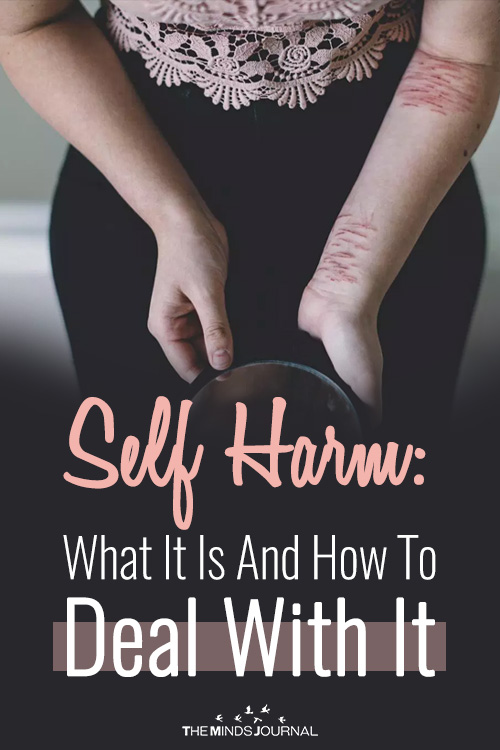
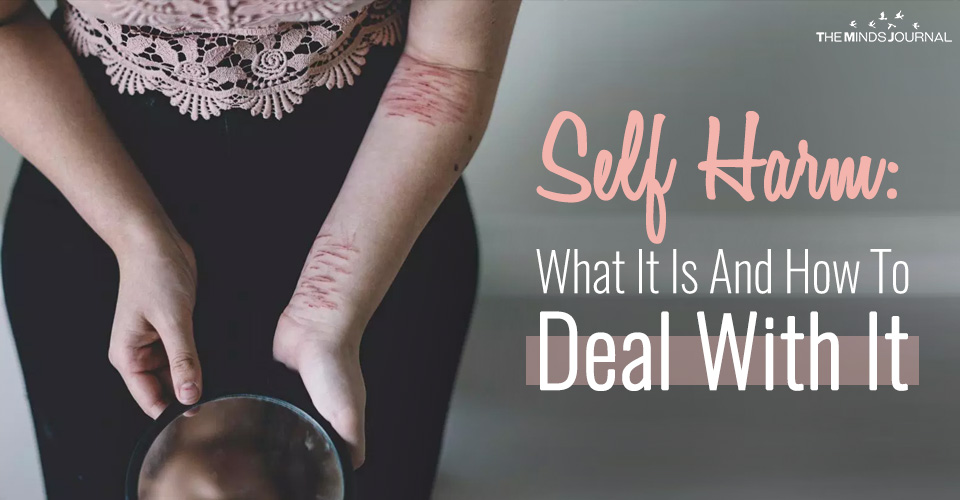
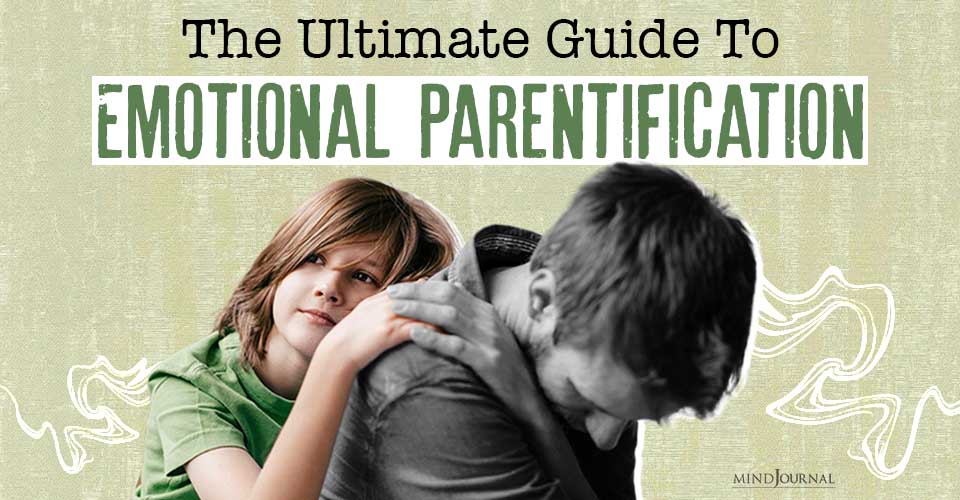

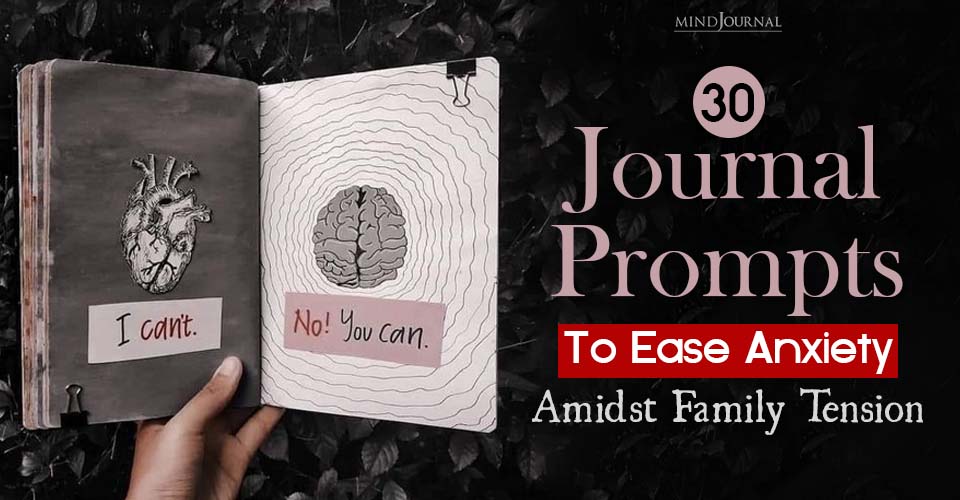
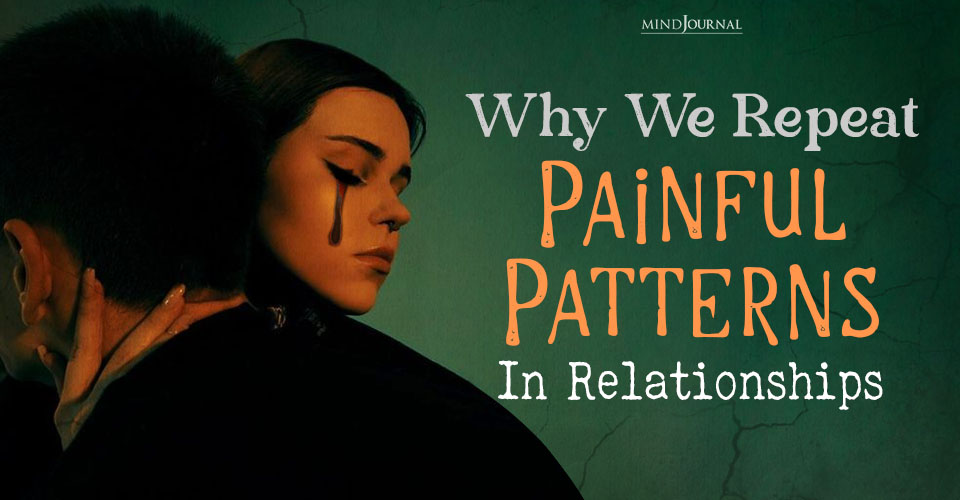
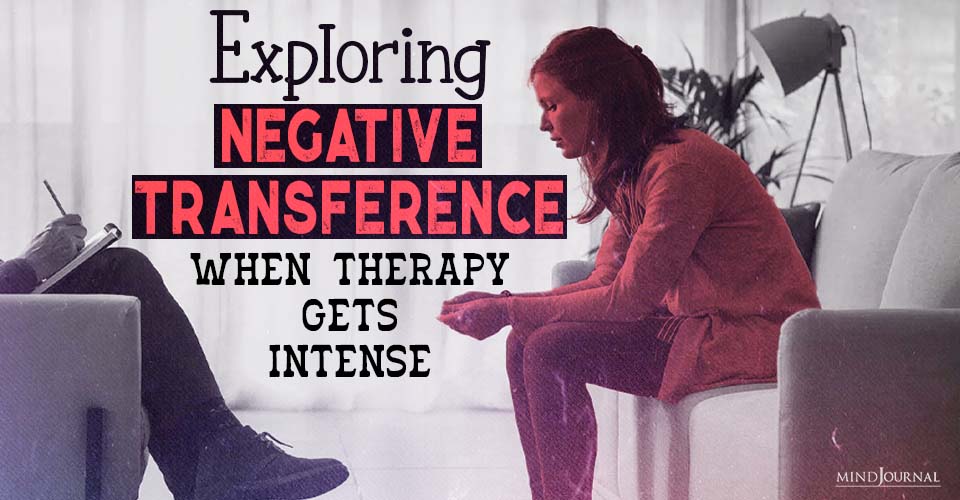
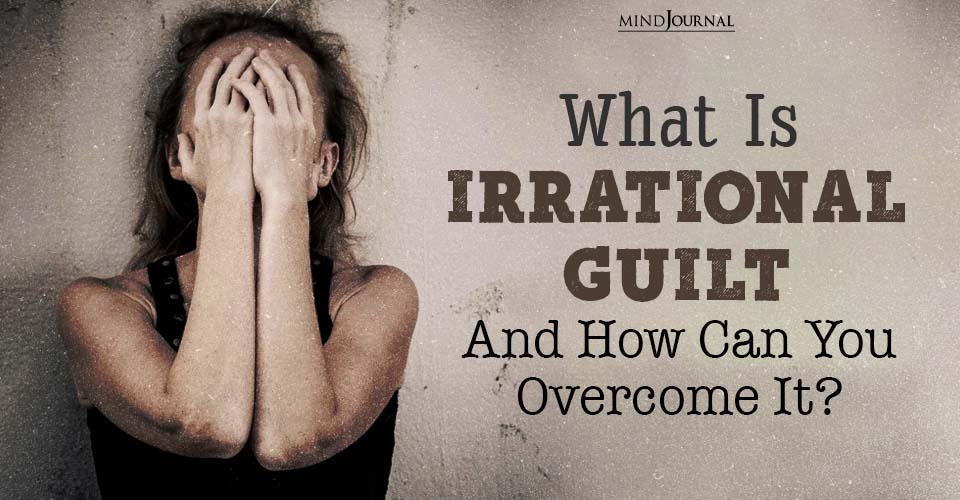

Leave a Reply
You must be logged in to post a comment.